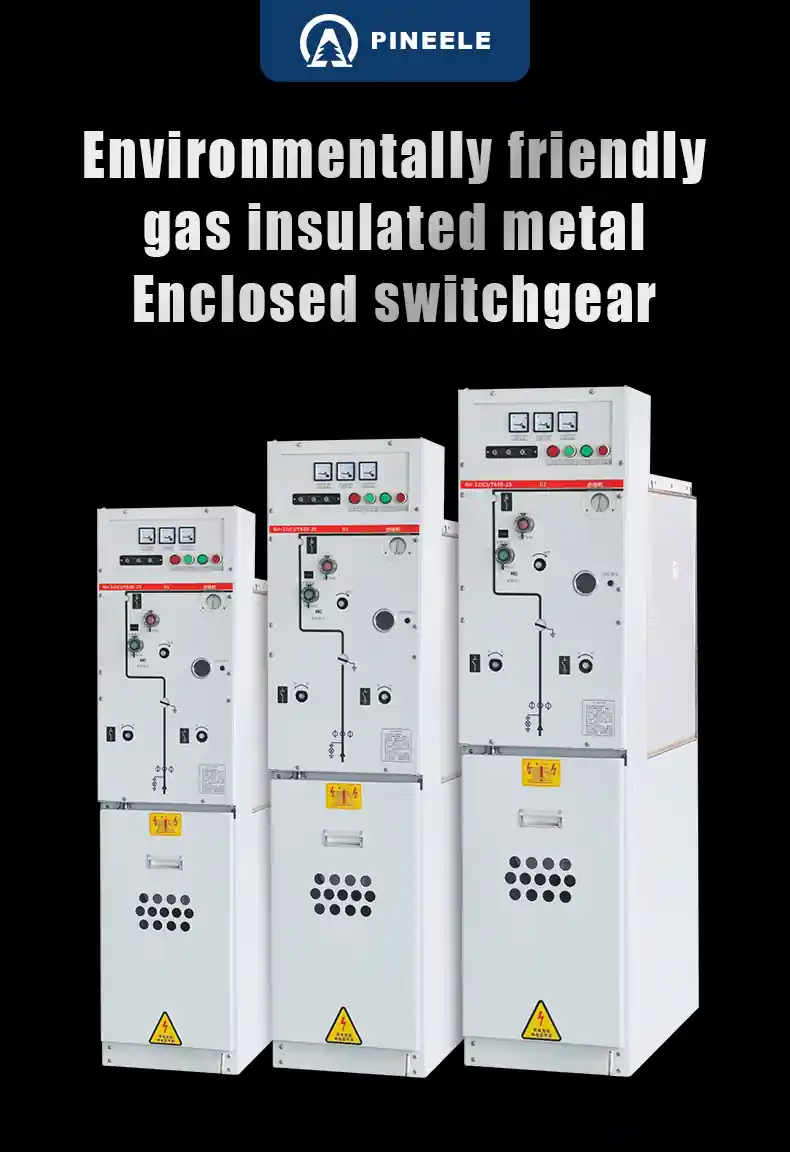High Voltage Switchgear
High Voltage Switchgear
Blog Article
High Voltage Switchgear is an essential component of modern electrical power systems, providing safe and efficient control, protection, and isolation of high-voltage circuits. It is widely used in power generation, transmission, and distribution networks to ensure the reliable operation of electrical grids. These switchgear systems are designed to handle medium to high voltages, typically ranging from 3.6kV to 40.5kV in distribution systems and up to 800kV in transmission networks.

Features and Functions
- Power Distribution: High voltage switchgear plays a crucial role in distributing electricity from power plants to substations and end users.
- Fault Protection: Equipped with circuit breakers, relays, and protective devices to prevent electrical faults such as short circuits and overloads.
- Isolation and Safety: Ensures safe maintenance and operation by isolating faulty sections of the electrical network.
- Remote Monitoring: Modern switchgear incorporates digital control and monitoring systems for improved efficiency and automation.
Types of High Voltage Switchgear
- Air-Insulated Switchgear (AIS): Uses air as the insulating medium and is widely used in outdoor substations.
- Gas-Insulated Switchgear (GIS): Compact and enclosed switchgear using SF6 gas insulation, ideal for space-constrained applications.
- Hybrid Switchgear: A combination of AIS and GIS, providing a balance of cost-effectiveness and space efficiency.